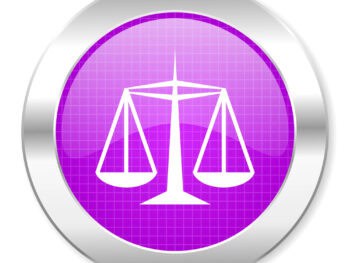Many self-insured employers think they are properly controlling the cost of their workers compensation program. They have a strong safety program, a thorough screening and hiring process, an enforced drug screening policy, and an established return to work program. These employers practice medical cost control by having triage nurses, nurse case managers, utilization review, and medical fee schedule reviews of all bills. A lot of these same employers would be aghast to know how much money is lost. The hole in the workers compensation cost control? They do not have an effective subrogation program to prevent monetary leakage.
When a self-insured employer pays workers compensation benefits for an injury due to the negligence of a third party, the employer has the right to recover the cost of the workers comp claim from the party at fault. Every dollar recovered through subrogation is a dollar reduction in the cost of the workers compensation claim. For example, the employee fractures an arm due to a faulty ladder falling over, and the claim’s total cost is $25,000. With a proper subrogation investigation, documentation and subrogation claims handling, the entire cost of the claim could be recovered. Without proper recognition of subrogation, there is no recovery.
While the states vary significantly in how and when subrogation can be pursued, all states allow for subrogation of workers compensation claims.
The problem most self-insured employers (and also many mono-line workers compensation insurance companies) have is the workers compensation adjusters often do not recognize many of the opportunities for subrogation. At the core of the problem is the training of the workers comp adjuster. The adjuster learns the basics of workers compensation claims and the particulars of the workers comp statutes in their own jurisdiction, but received no training in civil/tort liability.
Workers compensation adjusters normally recognize the potential for subrogation from an automobile accident when the other party is at fault, but often miss other types of third party liability and the subrogation potential including:
- Products liability
- General liability
- Professional liability
- Homeowner’s liability
- Contractor’s liability
- Intentional/willful acts
The various types of third party liability are almost endless. For the workers compensation adjuster to recognize the potential for subrogation in every situation would take extensive training in tort law.
Other than spending months training each workers comp adjuster in recognizing and documenting third party liability, there are steps the self-insured employer can take to prevent leakage and recover all the dollars they are entitled. All workers comp adjusters need to understand the subrogation process begins with the initial investigation of the claim. The adjusters can be required to identify any potential third party involved in the workers comp claim whether it is an individual, a manufacturer, the creator of a defect, or any other business. (The adjusters do not have to decide if there is subrogation or not, just identify all possible third parties). The cause of the injury should be documented and any evidence to support the subrogation claim (faulty product, police report, expert’s report, etc.) should be saved for the purpose of pursuing the subrogation.
A different approach to subrogation is having a subrogation specialist. Instead of training all the workers comp adjusters to recognize potential subrogation opportunities, select one experienced adjuster. The selected adjuster can obtain the tort training needed (on-line or through IIA or through adjuster training school). The selected adjuster reviews all new claims for the possibility of subrogation, and the pursuit of subrogation when appropriate.[WCx]
A successful approach to subrogation taken by some self-insurers is to have a subrogation audit by an independent claims auditor to identify missed subrogation opportunities. The subrogation auditor can work either on-site, or remotely with electronic files, to identify files missed by the workers comp adjusters. If you wish to obtain an independent subrogation audit, please contact us for a referral to a claims auditor with subrogation expertise.
Author Rebecca Shafer, JD, President of Amaxx Risk Solutions, Inc. is a national expert in the field of workers compensation. She is a writer, speaker, and publisher. Her expertise is working with employers to reduce workers compensation costs, and her clients include airlines, healthcare, printing/publishing, pharmaceuticals, retail, hospitality, and manufacturing. She is the author of the #1 selling book on cost containment, Workers Compensation Management Program: Reduce Costs 20% to 50%. Contact: RShafer@ReduceYourWorkersComp.com.
Editor Michael B. Stack, CPA, Director of Operations, Amaxx Risk Solutions, Inc. is an expert in employer communication systems and part of the Amaxx team helping companies reduce their workers compensation costs by 20% to 50%. He is a writer, speaker, and website publisher. www.reduceyourworkerscomp.com. Contact: mstack@reduceyourworkerscomp.com.
WORKERS COMP MANAGEMENT MANUAL: www.WCManual.com
MODIFIED DUTY CALCULATOR: www.LowerWC.com/transitional-duty-cost-calculator.php
Do not use this information without independent verification. All state laws vary. You should consult with your insurance broker or agent about workers comp issues.
©2012 Amaxx Risk Solutions, Inc. All rights reserved under International Copyright Law. If you would like permission to reprint this material, contact us at: Info@ReduceYourWorkersComp.com.
















